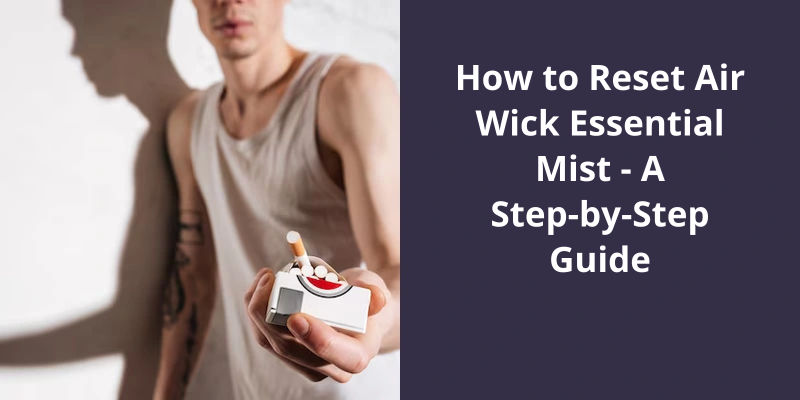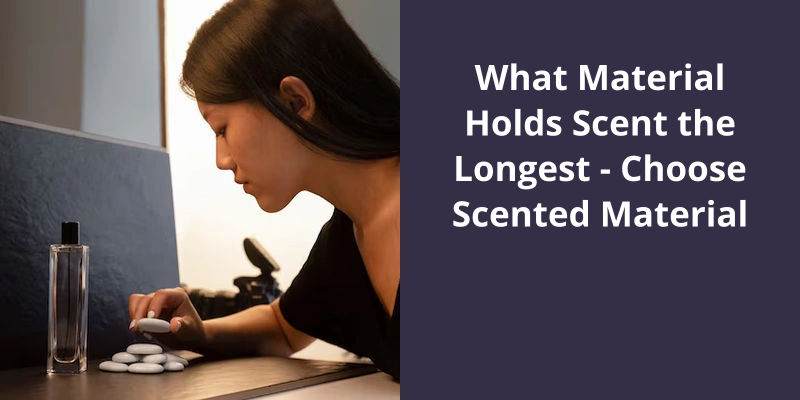Mixing Le Labo fragrances can create a personalized scent experience. This brand is known for its high-quality ingredients, which retain their unique profiles even when blended. Mixing can involve layering two fragrances one after the other or directly combining two or more fragrances in a single container. The result is a new, unique scent that is a blend of the original fragrances used. It’s important to test in small amounts first, as some fragrances might not mix harmoniously, and to be mindful to balance stronger scents with lighter ones to avoid overpowering combinations.

How Do You Mix and Match Perfumes?
Mixing and matching perfumes can be a challenging task as it requires careful consideration of different fragrance notes and their compatibility. Combining fragrances with complementary notes is the best way to achieve this.
One of the most important things to keep in mind when mixing perfumes is to avoid using two heady fragrances together. When two strong fragrances are combined, they can often clash and create an unpleasant scent. It’s best to use a lighter fragrance that complements the stronger one to balance the overall fragrance.
These types of fragrances are often multifaceted and have several dominant notes that can easily overpower one another. Instead, it’s best to choose a fragrance that’s a simpler scent structure and complements the complexity of the other fragrance.
It’s also important to take into account the season and occasion when mixing perfumes. For example, floral and fruity fragrances are perfect for spring and summer, while warm and spicy scents are ideal for fall and winter. It’s also important to think about the occasion when choosing fragrances. A lighter, fresher scent may be more appropriate for daytime events, while a bolder fragrance may be better suited for a formal evening affair.
To achieve the best results, fragrances with complementary notes should be used, and it’s important to avoid combining heady fragrances or scents with complex olfactory pyramids. Additionally, considering the season and occasion and applying the fragrances to different parts of the body can make all the difference in achieving a harmonious and balanced fragrance.
The Art of Layering Perfumes Tips and Tricks for Layering Fragrances to Create Unique and Personalized Scents.
- Start with a base scent that you love and that works well with your body chemistry.
- Layer scents with similar or complementary notes to enhance the base scent.
- Different concentrations of the same fragrance can also be layered to add depth and complexity.
- Start with one to three scents at a time to avoid overwhelming your senses.
- Apply each scent to different pulse points on your body and wait a few minutes before adding the next layer.
- Experiment with different combinations and ratios to find your perfect scent.
Le Labo perfumes are known for their quality ingredients, unique scents, and attention to detail. But what happens when you mix them together? Can you create your own signature scent? These are questions that many perfume enthusiasts have asked, and at Le Labo, they’ve the answer.
Can You Mix Le Labo Perfumes?
Le Labo is a luxury fragrance brand that’s taken the industry by storm with it’s unique blends and fragrances. One question that often arises among fragrance enthusiasts is whether or not Le Labo perfumes can be mixed. The answer is a resounding yes!
At Le Labo, one fragrance that’s particularly popular for mixing is the iconic Santal 3This evocative fragrance is a spicy, alluring blend of cardamom, iris, violet, and wood alloy, and it’s versatility makes it a popular choice among both women and men. The possibilities are endless, making it a fun and creative way to personalize ones fragrance collection.
It’s important to note that fragrance mixing is an art, and it’s always a good idea to start by experimenting with small amounts of each fragrance to create a balanced scent. Mixing fragrances can also intensify the scent, so it’s important to use a light hand when layering to avoid overdoing it. Additionally, it’s important to take into consideration the notes in each fragrance to ensure that they complement each other and don’t clash.
Baie 19 is another popular fragrance at Le Labo thats frequently mixed with other scents. This fragrance is a fresh, green scent with notes of juniper, patchouli, and green leaves. It’s versatility and lightness make it an ideal fragrance to mix with more intense scents like Santal 3The result is a unique, personalized scent that’s sure to turn heads.
Clients at Le Labo are encouraged to experiment with different fragrances and layer them to create their signature scent.
When it comes to creating your own signature scent, layering fragrances can be a fun and creative way to customize your aroma. But how many scents can you layer before it becomes overwhelming or too complex? According to fragrance expert Chandler Burr Long, there’s a limit to how many fragrances can be blended effectively.
Can You Layer 3 Fragrances?
Perfume layering is a popular fragrance trend that’s been around for some time. The idea is to combine two or more fragrances to create a unique scent that suits your personality and style. While layering fragrances may seem like a daunting task, it’s a lot easier than you might think. The trick is to choose fragrances that complement each other rather than clash. It’s also best to start with a light base fragrance and then add the other scents one by one, taking care not to overpower the base scent.
If youre keen to try layering three fragrances, then you need to choose them carefully. As per Jennifer Long, a fragrance, an expert at the Fragrance Foundation, recommends using three single note fragrances instead of two complex scents. This will help each scent to shine through without getting muddled up with the other scents. Long also advises testing the fragrances beforehand to ensure that they blend well.
With a little bit of patience and practice, you can become an expert at fragrance layering and enjoy the wonderful world of perfumery.
Tips for Choosing Fragrances That Complement Each Other Well for Layering
Layering fragrances is a great way to create a unique personalized scent. When choosing fragrances that complement each other well, start by selecting scents within the same fragrance family or with similar notes. It’s important to experiment and mix in small quantities until you find the perfect combination. Don’t forget to consider the intensity and longevity of each fragrance to avoid overpowering scents.
When it comes to creating your own perfume scents, knowing which fragrances to mix can be a bit of a challenge, especially if you’re just starting out. To help you get started, it’s important to understand which fragrances blend best with one another. For example, florals tend to work well with spicy, citrusy and woodsy oils, while woodsy oils can typically blend well with any category. Spicy oils, on the other hand, pair nicely with florals, oriental and citrus oils, and minty oils are perfect for combining with citrus, woodsy, green, and earthy oils.
Which Fragrances to Mix?
When it comes to mixing your own perfume scents, there are a few guidelines to follow to ensure that your fragrance blends harmoniously. One of the key principles is to consider the fragrance families of the oils. Florals, for instance, tend to blend well with spicy, citrusy, and woodsy oils. This means that if you want to create a perfume with a floral base, you can add notes of spice or citrus to complement and enhance the floral essence.
Woodsy oils, on the other hand, are incredibly versatile and blend well with all categories. These oils are often used as base notes in fragrances to give them depth and richness. Some popular woods oils include cedarwood, sandalwood, and vetiver. If youre looking to create a fragrance with a grounded, earthy feel, woodsy oils are a great place to start.
These oils add warmth and complexity to a fragrance, making them perfect for creating rich, sensual scents. If youre looking to create a perfume thats both spicy and floral, for instance, you might blend cinnamon with rose or ylang-ylang.
Minty oils, like peppermint and spearmint, blend well with citrus, woodsy, green, and earthy oils. If youre looking to create a perfume thats fresh and energizing, you might blend peppermint with lemon or pine.
How to Properly Dilute and Mix Fragrance Oils for Safe Use
To properly dilute and mix fragrance oils for safe use, it’s important to first determine the concentration of the oil and the intended use. Always use a carrier oil such as coconut or jojoba oil and follow the recommended dilution ratio. Start with a small amount of fragrance oil and gradually add more until the desired scent is achieved, but don’t exceed the recommended amount. Always label the mixture with the dilution ratio and use caution when applying to skin.
Source: How To Mix Your Own Perfume Scents Vetiver Aromatics
Conclusion
It’s a way of creating a unique and personal scent that reflects one's personality and style. The process of mixing different fragrances can be challenging, but it can also be rewarding. It allows one to experiment with different scent combinations and explore new olfactory territories. It’s a testament to the creativity and individuality of those who pursue this endeavor and a testament to the beauty of fragrance as an art form.





